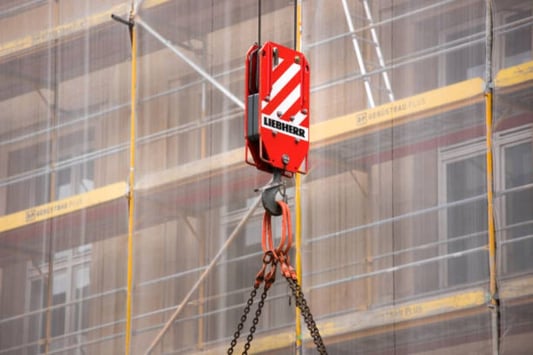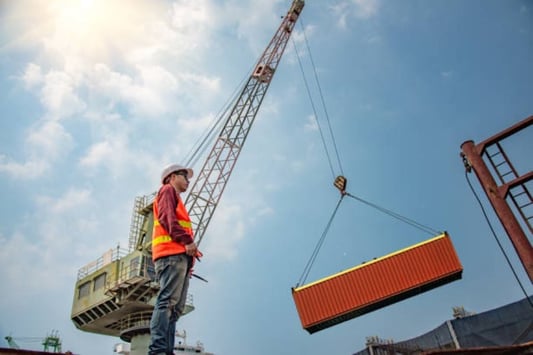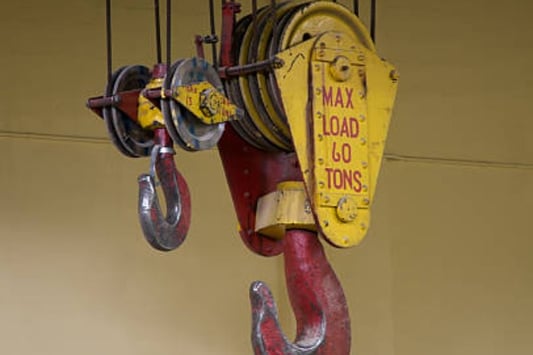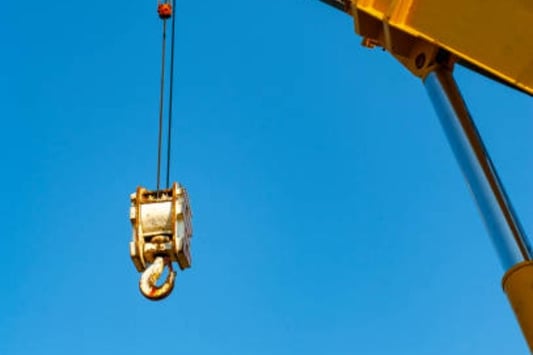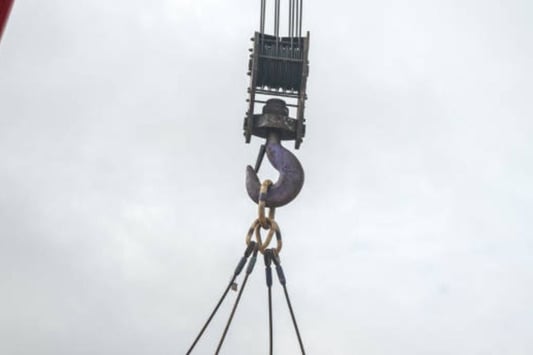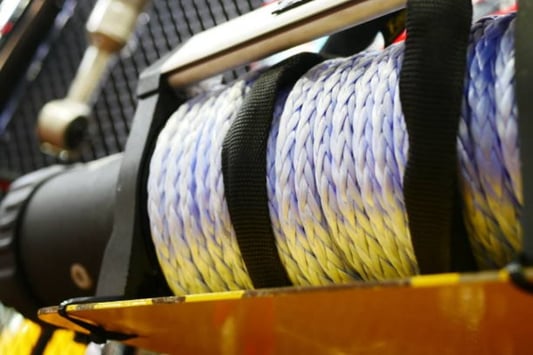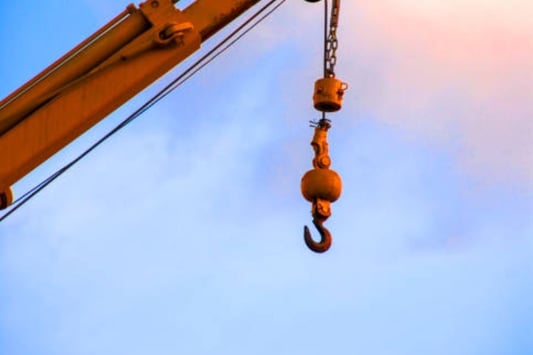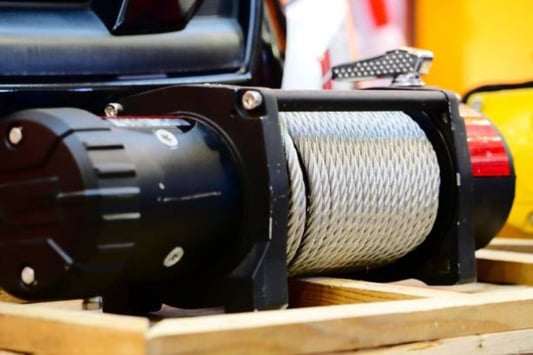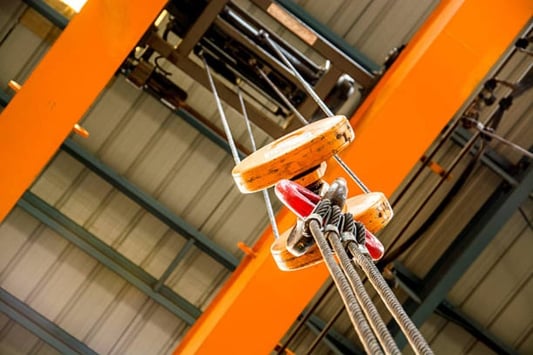What is manual chain hoist?? A Comprehensive GuideManual chain hoists are manual devices that are used to move heavy loads. They are widely used in industries, construction sites, and warehouses. Manual chain hoists use a chain to lift and move loads, making them an ideal option for those needing to move heavy items without the use of electricity. In this article, we will discuss the different aspects of manual chain hoists and understand their functioning.History of Manual Chain HoistThe history of manual chain hoists dates back several centuries. The earliest versions of manual chain hoists were used in the construction of the Great Wall of China. These hoists were manually operated and used to lift heavy materials such as stones and timber. Over the years, manual chain hoists have undergone several evolutionary changes to become more efficient in their function.Types of Manual Chain hoistsManual chain hoists are available in various types, each designed for specific functions. The most common types of manual chain hoists include chain block hoist, lever hoist, and hand chain hoist. Chain block hoists are commonly used in construction sites and industries, while hand chain hoists are ideal for use in small workshops and garages. Lever hoists, on the other hand, are perfect for both indoor and outdoor use.How Does a Manual Chain Hoist Work?The working of manual chain hoists is quite simple. The hoist has a chain that is attached to a hook at one end and a load at the other end. By pulling the chain in a downward motion, the load is lifted. The chain is then released to lower the load. The entire process of lifting and lowering a load is done manually, hence the name manual chain hoist.Factors to Consider When Choosing Manual Chain HoistWhen selecting a manual chain hoist, several factors need to be considered. The weight of the load, lifting height, safe working load limit, and quality of the hoist are a few critical factors that need to be taken into account. You should choose a manual chain hoist that meets your specific requirements and can handle the loads you need to lift.Safety Precautions When Using Manual Chain HoistManual chain hoists may seem easy to operate, but they can be dangerous if not used correctly. Safety precautions must be taken when using manual chain hoists. Operators should always wear personal protective equipment, and the load should be correctly secured using a hook or sling. Using a manual chain hoist outside its capacity can lead to accidents, which can cause injuries or loss of life.Advantages of Using Manual Chain HoistManual chain hoists have several advantages. They are easy to operate, cost-effective, and require minimal maintenance. They can be used both indoors and outdoors, making them ideal for those looking for a versatile lifting solution. Manual chain hoists are also portable, which means they can be easily transported from one place to another.Disadvantages of Using Manual Chain HoistWhile manual chain hoists are useful in several ways, they also have their limitations. Manual chain hoists have a limited capacity, and they require significant operator effort to lift heavy loads. They may not be efficient in situations where a large number of loads need to be lifted and moved quickly.How to Maintain Manual Chain HoistMaintenance of manual chain hoists is critical to ensure their efficient running. Regular cleaning and lubrication of the chain, inspection of hooks and slings, and replacing worn-out parts are some essential aspects of manual chain hoist maintenance. Regular training for operators to increase their knowledge of the hoist's operation and maintenance can also help enhance the hoist's lifespan.Applications of Manual Chain HoistManual chain hoists have numerous applications across various industries. They are used in construction sites, manufacturing industries, automotive repair workshops, and warehouses. Manual chain hoists can be used to lift and move heavy machinery, engines, transmissions, and other heavy equipment.ConclusionManual chain hoists are an effective and inexpensive solution to lift and move heavy loads. They have been used for centuries and have undergone evolution to become more efficient. By following safety precautions and carrying out regular maintenance, manual chain hoists can provide a useful lifting solution for many years.Quote InquiryContact us!


